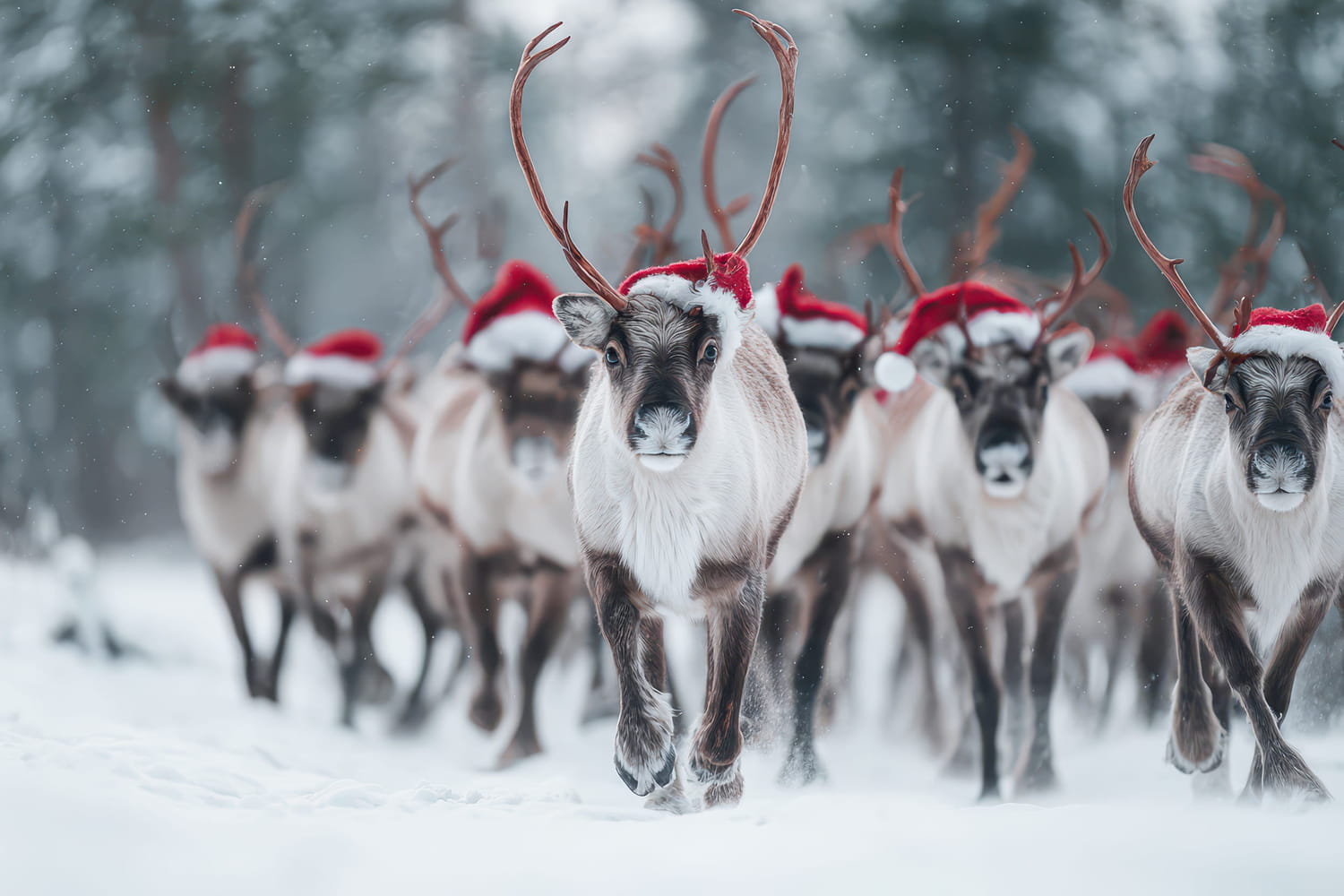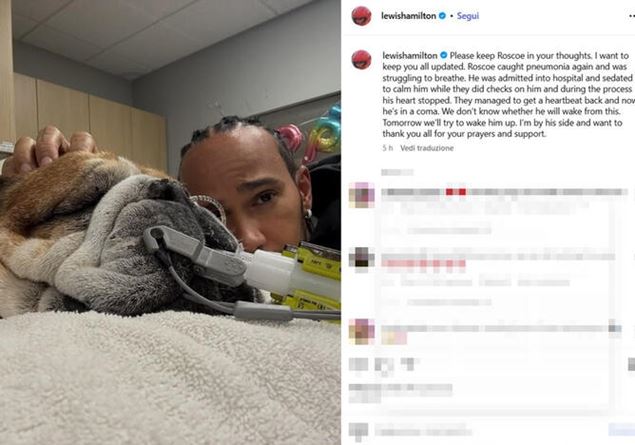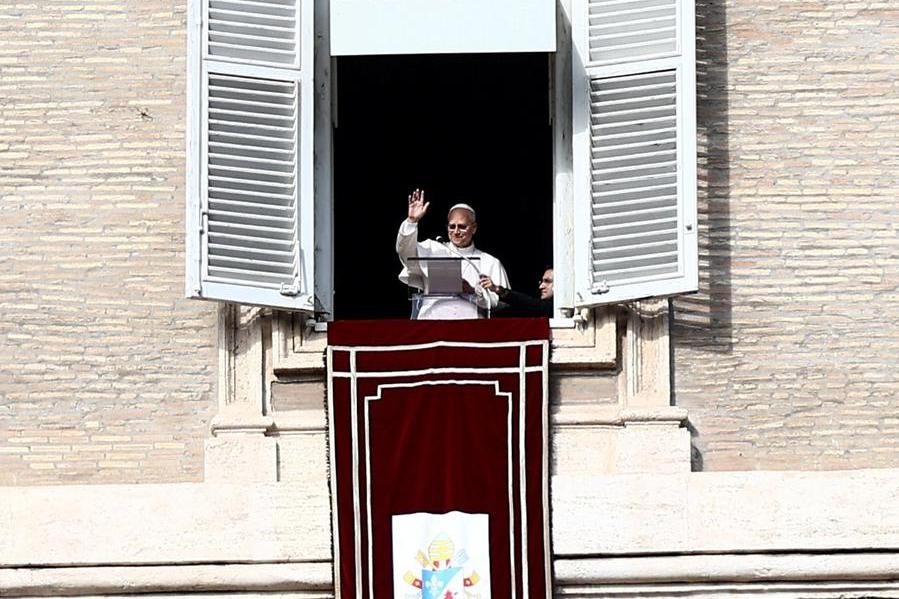by Bendetta Verrini- CISF (International Family Studies Center)
Has hit deeply, these days, The photo that the driver Lewis Hamilton posted on his social networks, which portrayed his dog Roscoe, a 12 -year -old Bulldog, attacked to a respirator. Announced his death, the Formula One champion said he “had to make the most difficult decision of his life and tell him goodbye”, adding that he had lost his best friend.
In any way you look at it, the pain expressed by Hamilton makes you think, and it is the mirror of a radical change in contemporary structures and family values: pets have become an integral part of families. According to the data of the International Family Studies Center, published in the latest CISF Family Report (2024), in the “PET” ranking, cats are slightly more numerous than the dogs, but in any case it affects that almost 43%of couples with children have animals, often even more than one, followed by wheel by the under 60 couples without children (40.2%) and by the monogenic nuclei (almost 40%).
But what relationship is there with these animals, in the family? We asked the sociologist of the Catholic University Sara Nanetti, who deepened this topic in the CISF Family Report 2024.
Pets today are part of our families through three main ways: integration, assimilation And replacement. THE’integration It concerns the insertion of animals into the family group without necessarily establishing an equivalence compared to human members. Animals are often considered consumer goods with particular characteristics, that is, they require constant care and become part of the daily life of the family. THE’assimilation Instead, it involves the perception of animals as real family members, often compared to children. This mode occurs in practices ranging from the celebration of animal birthdays to the attribution of human names. Finally, there is the replacementwhich concerns situations in which animals are perceived as surrogates of missing human members. This is particularly common in families without children or in situations of loss of a member of the coreor.
In practical terms, how does the relationship between the family and his pets develop?
Animals certainly contribute to the emotional balance of the family group, but the data show us that they are not only “emotional therapy”, but relational mediators, that is: in families with children contribute to creating shared care routines; In children without children they partially replace educational planning and care load; In the monogenitoric nuclei they lighten tensions and stress, becoming an alternative emotional interlocutor. In summary, we could say that the more the family is fragile or crossed by critical transitions, the more the animal becomes a domestic glue that stabilizes emotional and social balances. However, the available space and the presence of specific devices (animal beds, bedding, cats for cats), influence the possibility and quality of coexistence between humans and animals.
One of Hamilton’s posts
What are the differences in relationships with animals compared to family types? Is it different to have an animal and be single, or a divorced mother, compared to having it in pairs, with or without children?
«In some way, the data show us a clear correlation between the family type, the age of the respondents and the presence of animals in the home, highlighting some trends: for example, monogenitoric nuclei are one of the categories with the highest presence of pets. This reflects the importance of animals as emotional support and company in situations of greater vulnerability and stress. Then there are couples with cohabiting children, who have a significant tendency to own pets, reporting the desire to provide company and a stimulating growth environment for children. In this case, the age groups most interested in the presence of an animal are the young ones (25-34 years, with 78.4%) and adults (55-65 years, with 74.8%). On the one hand, the presence of animals in young couples with children shows a strong tendency to integrate animals into family dynamics, led by economic and social motivations, such as aspiration to a family model that includes pets. On the other hand, the most mature band suggests that animals can take on an increasingly important role of company or replacement as children leave the house ».
Here, what happens in the case of children without children?
«Children without children have an interesting variability: this category seems to identify in animals a source of company and emotional stability, especially in the intermediate age groups. The absence of children could increase the importance attributed to pets as family members, compensating the emotional and social void. However, it remains a considerable percentage of couples between the 45-54 years that has at least one pet (73.5%), suggesting how animals can play a significant role even in the absence of children as a source of company and emotional stability ».
And the singles?
«Sole people show a particularly complex relationship with pets. The presence of PET is reduced among the youngest (18-24 years) and among the elderly (over 65 years), probably for economic limits, housing instability or care loads. On the contrary, in intermediate age the altitude grows, almost half of the singles between 35 and 44 years of age has an animal, a sign of a marked need for company. However, even in this range the presence of PET remains lower than all the other family configurations, highlighting how individual loneliness weighs more than the material conditions on the possibility of having an animal ».
What evaluation can we give, then, the relationship between families and pet?
«It can be said that the presence of pets reflects the” integration “model, according to which animals do not replace, but complete family members. In fact, it is the parenting that affects particularly significant extent on the possibility of having a pet, followed by the presence of a partner. For sunny people, as well as for other nuclei, the presence of pets becomes more random and variable: the elderly, in particular, tend to not have them, probably because of the care loads that they involve. On the contrary, the intermediate or passage bands, from the formation of the couple and the family (25-34 years) to the escape of the children from the family unit (55-65 years), have the most significant percentage of pets, indicating how the periods of instability and transformation are more often accompanied by the presence of animals. In short, the animals are not only “part of the family”: they are a litmus test of family transformations, because they reveal the fractures (loneliness, load of care and absence) and hopes (company, support and new forms of bond) “.










